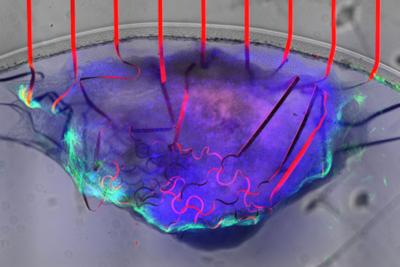Directa Plus enters collaboration with Heathcoat to advance graphene-enhanced textiles
Directa Plus recently announced a new collaboration with Heathcoat Fabrics that aims "to drive groundbreaking advancements in technical textiles". Heathcoat Fabrics is a manufacturer of advanced knitted and woven fabrics located in Tiverton, England.
The company said: "Integrating Directa Plus' G+ Planar Thermal Circuit technology into Heathcoat fabrics portfolio is central to this collaboration. This union is optimized to provide excellent thermal dissipation properties, helping to control and regulate the user's body temperature...It also enables strong surface resistivity, making it suitable for various anti-static applications."
